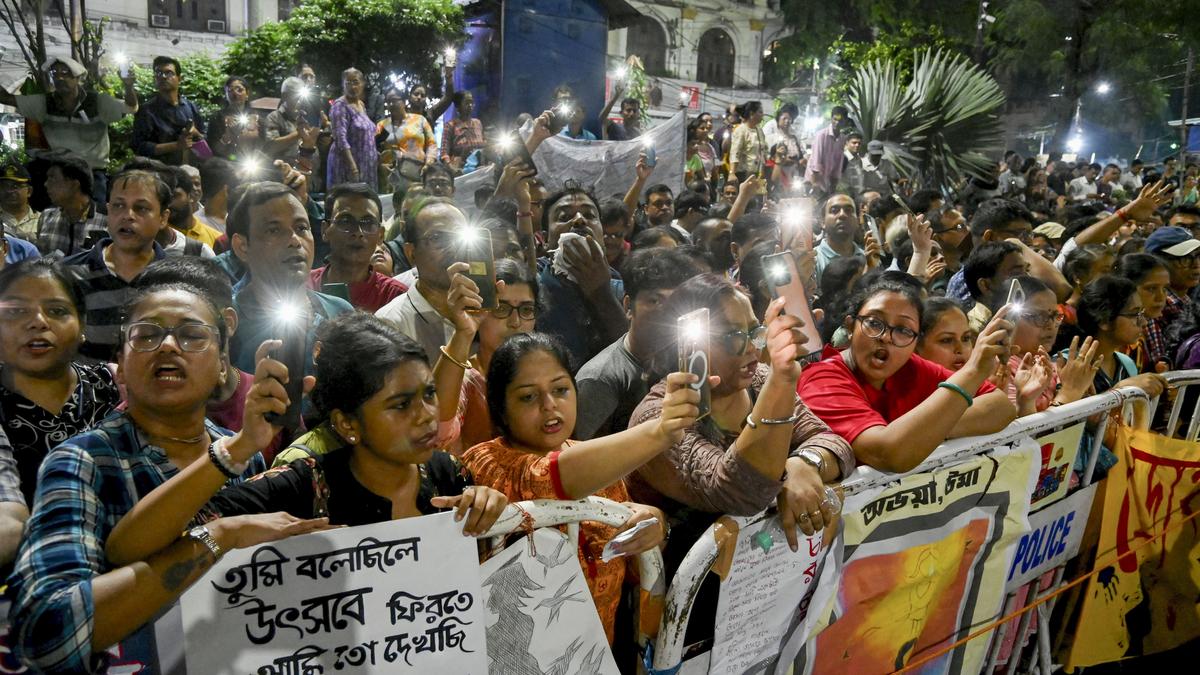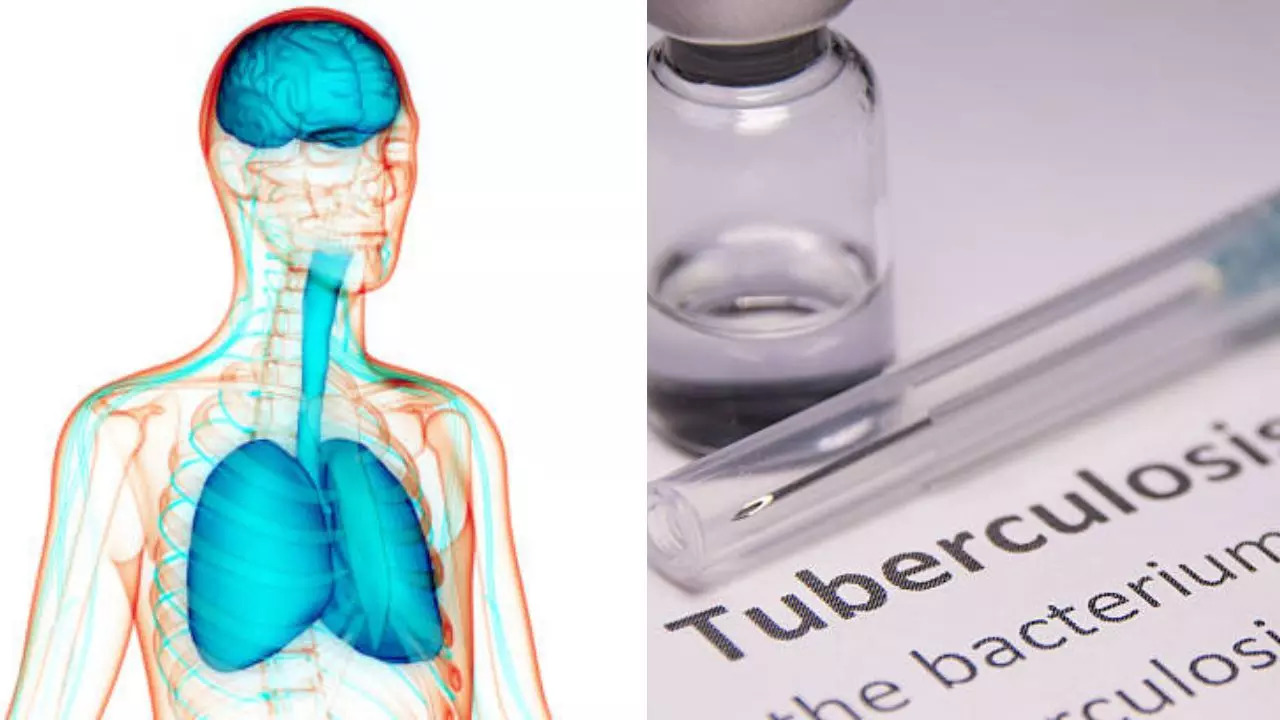
The rape and murder of a doctor at Kolkata’s R.G. Kar Medical College on August 9 brought doctors all over the country onto the streets.
As of now, junior doctors in Kolkata have been on a hunger strike for several days, and their peers in other parts of the State have expressed their support with symbolic strikes of their own. Three doctors on hunger strike have had to be hospitalised after their condition deteriorated. The State Government has thus far punished many police and administrative officials.
Even through breaks in the agitation, the health workers have maintained that underlying issues are far from resolved. Their protest has sought, among other things, a complete overhaul of the healthcare system. They have reported working 36-hour shifts on meagre allowances, without proper rest rooms, and have been left vulnerable to violence at their workplace.
These working conditions are not restricted to West Bengal. A report by the Indian Medical Association in 2018 said 75% of doctors in India have at some point been exposed to harassment or physical violence inside health centres or hospitals, largely due to lack of infrastructure, medicines, long working hours, and excessive political interference. Yet successive governments, both at the Centre and in the States, have swept these pressing issues under the rug.
Issues with insurance coverage India’s declared expenditure on healthcare is only 2% of its GDP, compared to the 5-10% in China and Brazil. The success story of Cuba’s healthcare system is rooted in its spending 14% of its GP on health. In India, continued state-led apathy towards favourable government policies, plus long-standing low-quality healthcare infrastructure, has allowed the private sectors to flourish at the public sector’s expense.
From 8% in 1950, the private sector captured nearly 70% of India’s total healthcare market in 2024. According to the National Sample Survey, the cost of treatment in private hospitals is seven-times that in government hospitals, yet only 14% of the rural and 19% of the urban populations have health insurance to help cover the resulting costs. The consequences have been disastrous.
Even as India’s public sector per-capita expenditure on healthcare has steadily declined, out-of-pocket expenses for individuals have soared. According to official data, of every ₹100 an individual spends on healthcare in India, ₹52 is from savings, while the Central and the relevant State governments together contribute ₹35. To compare, Brazilian and Cuban citizens spend₹22 and ₹8, respectively, out of their pockets.
A study by IIT Mandi published in December 2023 reported that much-touted government health schemes — including the Centre’s Ayushman Bharat Pradhan Mantri Jan Arogya Yojana and West Bengal’s ‘Swasthya Sathi’ — mostly cover treatment costs for inpatient admissions but provide almost no coverage for outpatient services, which account for up to 80% of the total healthcare expenses in India. West Bengal second-worst One consequence of this state of affairs has been a corrupt collusion between acquisitive doctors, corporate entities, pharmaceutical companies, and political traders taking advantage of patients desperate for timely and quality care. In an October 2021 report, NITI Aayog estimated that the exorbitant cost of treatments had pushed nearly 7% of the national population into poverty every year.
The situation in West Bengal is more dire considering the State Government’s healthcare expenditure is only 1% of its gross state domestic product. According to the Union Ministry of Finance, 68% of healthcare expenses in the State are out-of-pocket — the second-highest in the country, after Uttar Pradesh. Further, the World Health Organization has recommended that any country’s health sector must have at least one doctor for every 1,000 patients.
In the last 77 years, India has hardly ever met this goal. The doctor-patient ratio in West Bengal is similar, whereas Kerala has four doctors per 1,000 patients. Then again, this ratio alone does not fully explain the healthcare crisis particular to Bengal.
Need for whistle-blowers For one, the number of doctors and healthcare workers in rural primary and community health centres is lower than in urban areas. Junior doctors have complained that the State government’s claim to have built super-speciality hospitals in different districts is meaningless because there are too few health workers to staff them and not enough essential medicines and equipment either. Where some equipment is available, their use is held back by the lack of skilled operators.
When freshly-minted doctors are deputed to work in these centres, they are exposed to patients’ and their families’ frustration over the poor facilities. This reality has persisted irrespective of the party in power. Again, this state of affairs is not unique to West Bengal.
According to the advocacy organisation Transparency International, corruption in healthcare is becoming increasingly severe. Of the $7.5 trillion spent worldwide on healthcare every year, around $500 billion is lost to corruption.
It also estimated that one in five people is forced to bribe workers and officials to avail medical care and that corruption is responsible for the deaths of 1.4 lakh children annually, with the poorest and the most marginalised communities suffering the most. The healthcare syndicates operating in West Bengal’s hospitals are a good example of such corruption.
As part of its suggested solutions, the Transparency International report asks the sector’s stakeholders and employees to come forward as whistleblowers to stem the rot. The junior doctors and others agitating in Kolkata and other cities are currently essaying this role. Loss due to corruption Some other West Bengal government schemes have also fizzled out.
For example, just as with ‘Swasthya Sathi’, Bengalis were enthusiastic about the ‘Kanyashree’ scheme when the State mooted it in 2013 to increase the enrolment of girls in school using conditional cash transfers. But a June 2023 analysis by University of Pennsylvania and University of Kalyani (West Bengal) researchers revealed that although the scheme had prompted more girls to enrol, they were learning little because — much like in healthcare — there were no proper classrooms or teachers. West Bengal, like most other States, spends less than 3% of the national GDP on education even as privatisation in the sector has been increasing since the 1990s.
In any healthy democracy, the government should be fully responsible for ensuring its citizens’ basic rights, including education, and healthcare. Allowing healthcare expenses to balloon and failing to improve infrastructure and staffing is an abdication of this responsibility. In a paper published in 2023 in The Lancet , two social science researchers reported actual healthcare spending in India has come down to just 1.
2% of GDP, even as the Central government has disputed this conclusion. Corruption further diminishes this figure’s contribution to healthcare activities. It is no surprise then that the poor and the marginalised are often forced to seek care in private facilities and risk ensuing poverty.
‘Bread at the price of jewels’ In sum, this is why it is imperative for India’s governments to listen to the junior doctors’ complaints and demands. In line with the aspirations of a welfare state, the government must post-haste increase its healthcare spending and demonstrate its commitment to eliminating corruption. Norman Bethune, a Canadian doctor who devoted his life to serving the poor, travelled around the world and attended to care-seekers during the Spanish Civil War as well as the Sino-Japanese conflict.
He eventually died on the battlefront in 1939 when tending to Chinese soldiers. He was critical of the idea of health being treated as a market-commodity and said: “Medicine, as we are practising it, is a luxury trade. We are selling bread at the price of jewels.
Let us take the profit, the private economic profit, out of medicine and purify our profession of rapacious individualism. Let us say to the people not ‘how much have you got?’.” (Anindya Sarkar is professor, Department of Geology and Geophysics, IIT Kharagpur.
[email protected]) Published - October 18, 2024 06:00 am IST Copy link Email Facebook Twitter Telegram LinkedIn WhatsApp Reddit.














